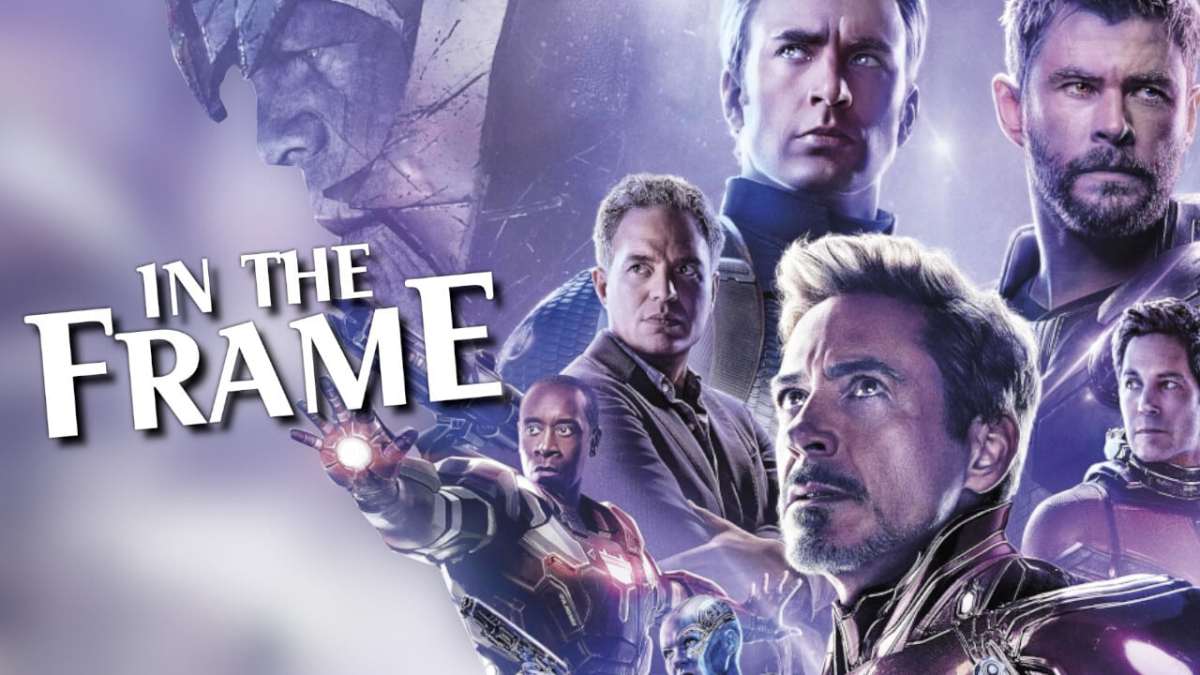The multiverse is coming.
The past couple of decades have largely been defined by the idea of the shared universe, as exemplified by the success of the Marvel Cinematic Universe. The idea is that entertainment companies can bring together established properties and anchor them to one another in a way that encourages audience investment to buoy the less popular properties through brand loyalty. This is how Marvel Studios turned a bunch of B-list characters into a multibillion-dollar enterprise.
Of course, Marvel Studios was far from the first studio to come up with the idea of a shared universe tying separate properties together, having imported the concept directly from the comics. One can trace the roots back even further to the crossover monster movies of the 1930s. However, while these sorts of crossovers were not entirely uncommon on television and even in film cameos, Marvel Studios used its shared universe as a platform to an unprecedented level of success.
Other companies rushed to emulate this model by integrating their own properties into similar shared universes: the DC Extended Universe, the X-Men cinematic universe, the Dark Universe, the Hasbro Cinematic Universe, the Rubik’s Cube shared universe. It goes without saying that even the few that managed to get started struggled to match the popularity and success of Marvel’s enterprise. In many cases, the studios succeeded when they weren’t trying to copy Marvel’s model.
However, recent years have suggested that the shared universe may no longer be the ideal model for this brand management. Instead, companies are pushing towards the idea of a multiverse — connected sets of worlds defined by infinite possibilities and permutations. Spider-Man: Into the Spider-Verse is the most high-profile recent example, but it is not the only illustration of the concept. The CW tied together a wealth of disconnected DC-related properties for its Crisis on Infinite Earths.

Marvel Studios is signaling strongly in that direction. The multiverse was seeded, even as a red herring, in Spider-Man: Far From Home. The full title of the second Doctor Strange movie is Doctor Strange in the Multiverse of Madness. It will feature Elizabeth Olsen as Wanda Maximoff, suggesting ties to WandaVision, which recently introduced Evan Peters from the as-yet-unconnected X-Men movies. Animated series What If?… will focus on the Watcher (Jeffery Wright) “watching over the multiverse.”
It isn’t just Marvel embracing this model. Warner Bros.’ upcoming The Flash movie is confirmed to be a (likely loose) adaptation of the comic Flashpoint and will see Michael Keaton reprising the role of Batman from the Tim Burton films. There are three live-action versions of Batman working on DC projects: Ben Affleck in Zack Snyder’s Justice League and The Flash, Keaton in The Flash and beyond, and Robert Pattinson in Matt Reeves’ The Batman and its own “new Batman universe.”
Building on the success of non-shared universe projects like Joker, Warner Bros. is reportedly splitting its production along two lines: the DC Extended Universe and the DC Films multiverse. Films in the multiverse line can also have spin-offs, tie-ins, crossovers, and sequels. “I don’t think anyone else has ever attempted this,” claimed DC Films President Walter Hamada. “But audiences are sophisticated enough to understand it. If we make good movies, they will go with it.”
Hamada is being a little disingenuous here. What the multiverse really allows for is a scaling down of shared universe continuity and the opportunity for recasting, reinventing, and rebooting. It’s effectively a return to the old pre-Marvel Cinematic Universe model where reiterations of familiar brands didn’t have to be tethered to continuity baggage. Of course audiences understand this: They understood that Michael Keaton, Kevin Conroy, Val Kilmer, and Christian Bale could all be Batman.

At its most basic level, the multiverse is just a formal constraint placed upon this older style of blockbuster production. In an era where fans are obsessed with continuity and fidelity, the multiverse is effectively a fig leaf that allows for the operation of industry machinery. It’s no coincidence that Marvel Studios introduced the multiverse right at the point where many of the original cast members are departing the franchise.
More cynically, this model allows the studios to have their cake and eat it. A shared universe allows different characters from different films in the same continuity to come together as the Avengers franchise, but a multiverse allows for the potential of multiple iterations of the same character — each with their own nostalgic fan base — to come together. This is most obvious with the swirling rumors of Tobey Maguire and Andrew Garfield reprising their roles as Peter Parker in Spider-Man 3, even allowing for Tom Holland’s recent denials.
However, the embrace of the multiverse also hints at a more fundamental shift in popular culture and an understanding of what that shift means. The Marvel Cinematic Universe was a triumph of the monoculture. It was ubiquitous and inescapable. There is a reason that Avengers: Endgame became the most successful movie of all time at the box office. It wasn’t just a film; it was a collective cultural experience. In some ways, it feels like the perfect 2019 experience. It is unimaginable today.
There is a serious question about what cinema-going will look like after the pandemic and how film production and distribution will change (or if they can change back) once things improve. However, there is a strong sense that the pandemic only accelerated industry trends that were happening anyway. Universal used the opportunity to release Trolls World Tour direct to streaming, but it’d been planning something like that since the fiasco over Tower Heist back in 2011.

After all, the streaming wars were heating up long before COVID-19. A press release in October 2020 confirmed that streaming would be Disney’s “primary focus” ahead of the theatrical market, but Disney CEO Bob Chapek insisted that the shift was “was going to happen anyway,” and his predecessor Bob Iger had implied that Disney+ was his biggest priority in March 2020. There was an understanding that this restructuring, like Thanos, was inevitable.
Even the streaming wars themselves are arguably just accelerating other trends fragmenting the monoculture, such as the emergence of peak television. It is harder for pieces of pop culture to break through in the way that they used to, when there were only three or four television networks and when films could reign at the box office for weeks on end. When there’s so much film and television to watch available via so many channels, it’s hard to keep track of it all.
Endgame sold an estimated 93 million tickets before it hit the home media market and without factoring in television broadcasts. In contrast, while Disney+ has reached 86.8 million subscribers, not all of those are subscribing for MCU content — their interest is split across the company’s Pixar, Star Wars, National Geographic, or (internationally) Star libraries. Despite being structured as a sitcom, WandaVision will never air in syndication. It will never grow outside the Disney+ ecosystem.
Critics have spent the past decade declaring the death of the monoculture, whether with the end of Game of Thrones or the release of Endgame. While events like the success of Hamilton suggest that reports of the monoculture’s death have been exaggerated, a shift is taking place. Netflix doesn’t care exactly what everyone watches, as long as everyone is watching something. Its algorithm is highly personalized and targeted, down to picking a thumbnail to appeal to a particular viewer.

The shift towards the multiverse as an ordering principle seems to recognize this new reality. It is no longer enough to offer a single version of Batman that appeals to the largest possible audience; instead, the ideal is to create a multitude of Batmen, each of whom can appeal to a different section of the audience. Even seemingly minor characters like Cyborg can exist in multiple iterations, like Ray Fisher in the DCEU and Jovian Wade on Doom Patrol. There’s one for everybody in the audience.
As ever, this trend could cut either way. In an ideal world, it might shatter the idea of “the canon” and allow for more inclusive and experimental storytelling. After all, if there are multiple iterations of these characters running around, studios might be willing to take more risks with one or two of them. It might encourage fans to be less possessive of these characters or less hostile to alternate interpretations that don’t conform to their expectations.
On the other hand, it might just serve as another accelerant for the nostalgia-consuming pop culture. Why stop at three Batmen or Spider-Men when you could have an infinite number? More than that, the multiverse might strip these alternate interpretations of any personality to better integrate them. After all, it’s hard to imagine modern comic book fans eagerly embracing the oddness of Batman and the energy of Batman Returns, so will Michael Keaton get to play that character?
What the future holds, nobody knows. Still, at least there are multiple futures.





